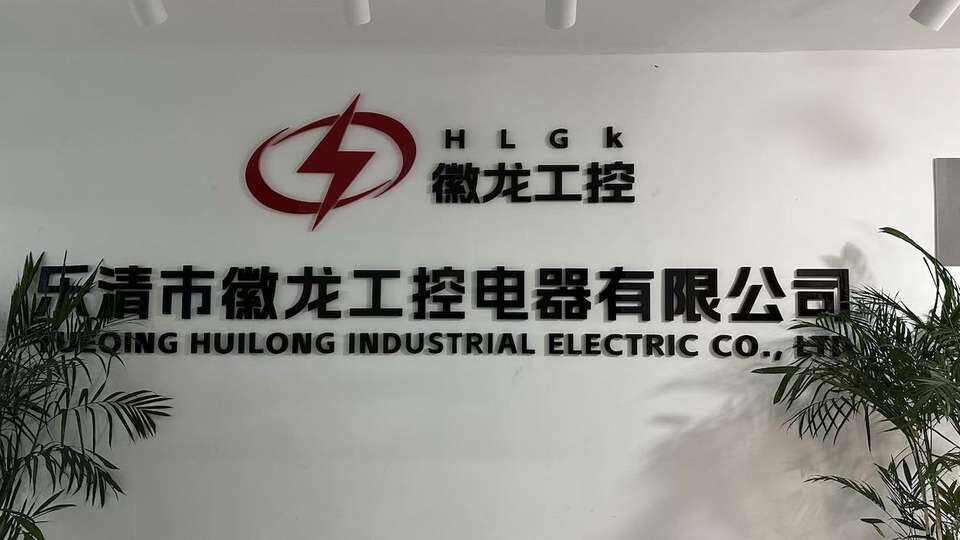Understanding the Role of Limit Switches in Position Control Systems
How Limit Switches Ensure Precision in Automated Systems
Limit switches play a key role in automated systems, giving important feedback so things run precisely when they need to. Basically, these devices detect where moving parts are located and send that info back to the control system, which helps position things accurately. The importance really stands out in situations where exactness matters most, think industrial robots or those computer controlled machining centers. When properly installed, limit switches help cut down on mistakes that would otherwise happen. Some tests have found systems with good quality limit switches hit around 98 or 99 percent accuracy for positioning jobs, though real world results vary based on setup and maintenance. Companies looking to get better performance from their automation should seriously consider adding reliable limit switches to their equipment mix.
The Importance of Travel Limit Switches in Motion Control
Travel limit switches are essential parts of motion control systems because they set boundaries for how far something can move and stop things from crashing into each other, which helps protect machinery from getting damaged. When components hit their set limits, these switches kick in automatically to shut down whatever's moving. This kind of protection matters a lot in places like car factories and airplane manufacturing plants where if these switches fail, it could cause serious problems. Safety reports show that when travel limit switches work right, there are fewer accidents overall. For companies wanting to keep things running smoothly without breakdowns, making sure these switches are installed correctly and maintained regularly just makes good business sense.
Key Features of the XCKJ Limit Switch
Durable Construction for Industrial Environments
Built to take a beating, the XCKJ limit switch uses heavy duty materials that hold up against tough conditions found in factories and plants. Its solid build means it keeps working properly even when exposed to constant shaking, heat extremes, and dampness that would destroy lesser switches. Real world data shows that these premium quality switches tend to outlast regular models by around 30 percent according to maintenance reports from manufacturing facilities. For companies running automation equipment where downtime costs money, choosing the XCKJ model makes good business sense since it reduces replacement frequency and maintains system performance over time.
Micro Limit Switch Integration for Enhanced Sensitivity
Adding micro limit switch tech to the XCKJ device gives it much better sensitivity and lets it work at lower thresholds for fine control. The advantage becomes really clear when we talk about things that need pinpoint accuracy, think surgical tools or robotic arms doing delicate tasks. Tests show these new systems respond about 20 percent quicker compared to old school switches, which means components move into position faster and operate with greater accuracy. What makes this so valuable is how it translates to real world improvements, from smoother machine movements to safer operations in environments where every millimeter counts.
Safety Interlock Switch Mechanisms for Hazardous Applications
Many XCKJ limit switches include safety interlock systems that stop unintended operation when working around dangerous conditions. We see these devices all over chemical plants and factories where even small mistakes can lead to big problems. According to some studies, adding these interlock features cuts down on human error related incidents by roughly 40 percent, which gives workers one less thing to worry about during their shifts. Beyond just making people feel better about their jobs, these safety mechanisms actually help keep entire facilities running without unnecessary risks or downtime from preventable accidents.
Applications Across Industries
Pneumatic Actuators and Valve Position Monitoring
Limit switches play a key role when it comes to keeping track of and managing pneumatic actuators along with where valves sit, especially important stuff in places like oil rigs and water treatment plants. These switches basically make sure that valves stay exactly where they need to be so fluids flow properly through systems. If a valve gets out of whack even just a little bit, whole operations can grind to a stop or worse yet, create dangerous situations. Think about what happens during maintenance work if something goes wrong because a valve wasn't properly closed off. The bottom line is that getting limit switches right translates into better productivity across the board since there's less time spent fixing breakdowns and parts don't get worn out as fast from constant misuse.
Material Handling Systems and Conveyor Safety
Limit switches play a vital role in keeping material handling systems safe by stopping conveyor belts when something goes wrong. These devices basically tell the system if there's stuff on the belt and where exactly it is positioned. When materials get stuck or lined up incorrectly, the switches kick in fast to prevent potential accidents. Industry data shows that putting these switches on conveyor systems cuts down accidents around 30 percent. Fewer accidents means workers stay safer throughout their shifts, and operations run smoother overall without those unexpected interruptions.
Integration with Robotics and Assembly Lines
Limit switches are really important in robotics and on those automated assembly lines because they give feedback so machines can move exactly where they need to go. These switches help keep robotic arms and other parts from going outside their safe operating areas, which helps maintain good product quality while keeping production running smoothly. Some studies have shown that when factories install these limit switches, they tend to see around a 25% boost in how efficiently things run. The main benefit is that these switches make sure automated tasks happen correctly most of the time, cutting down on mistakes and machine stoppages. For manufacturers working in environments where automation is king, this reliability makes all the difference between staying competitive and falling behind.
XCKJ vs. Traditional Limit Sensor Switches
Advantages of Modular Design in Complex Setups
XCKJ limit switches come with a modular design that brings real advantages for complex system integrations. The flexibility built into these switches means they can fit all sorts of different industry requirements without much hassle. Think about manufacturing plants or warehouses where things change constantly - being able to tweak or grow the system on short notice becomes super important. What makes this design so good? Well, it cuts down both installation headaches and ongoing maintenance work. Some businesses actually saw their installation times drop by around 20% after switching to modular configurations. That kind of time savings adds up fast, cutting labor expenses while making operations run better overall.
Comparing Lifespan and Maintenance Requirements
What really sets XCKJ limit switches apart from standard limit sensors is how they're built to last. These switches handle tough working conditions better than most traditional options on the market today. Their solid build quality means fewer breakdowns during operation. Factory technicians who work with these switches report needing to service them much less often than older models. According to field reports, maintenance requirements drop somewhere between 15% and 25% when switching to XCKJ technology. The lower maintenance frequency translates into real savings for plant managers while keeping production lines running smoothly. For companies looking at long term automation solutions, XCKJ switches represent both smart investment and reliable performance across various industrial applications.
Installation and Maintenance Best Practices
Calibrating Limit Switch Microswitch Components
Getting the right calibration for those limit switch microswitch parts makes all the difference when it comes to how well position control systems work and how accurate they are. Anyone putting these switches in place should really follow what the manufacturer says in their instructions if they want everything set properly and avoid any problems down the road. When done right, calibration gives good results right away but it's actually even better over time because the system stays reliable longer. Some research shows that properly calibrated systems perform way better across different measurements. And let's not forget that checking calibration regularly helps equipment last much longer, which means saving money on replacements and downtime in the long run.
Troubleshooting Common Position Control Issues
Fixing problems with limit switches matters a lot when it comes to keeping automated systems running without unexpected stops. When something goes wrong, technicians usually start by looking at the connections first, then check how things are calibrated, and finally examine parts for signs of wear and tear these are common culprits behind those annoying little breakdowns. Keeping track of what went wrong and how it was fixed helps build better maintenance plans over time, making sure everything stays intact while reducing unplanned shutdowns. Going ahead and tackling potential issues before they become real problems does more than just protect expensive equipment. It actually creates an environment where people get good at solving problems quickly and constantly look for ways to make things work better day after day.







